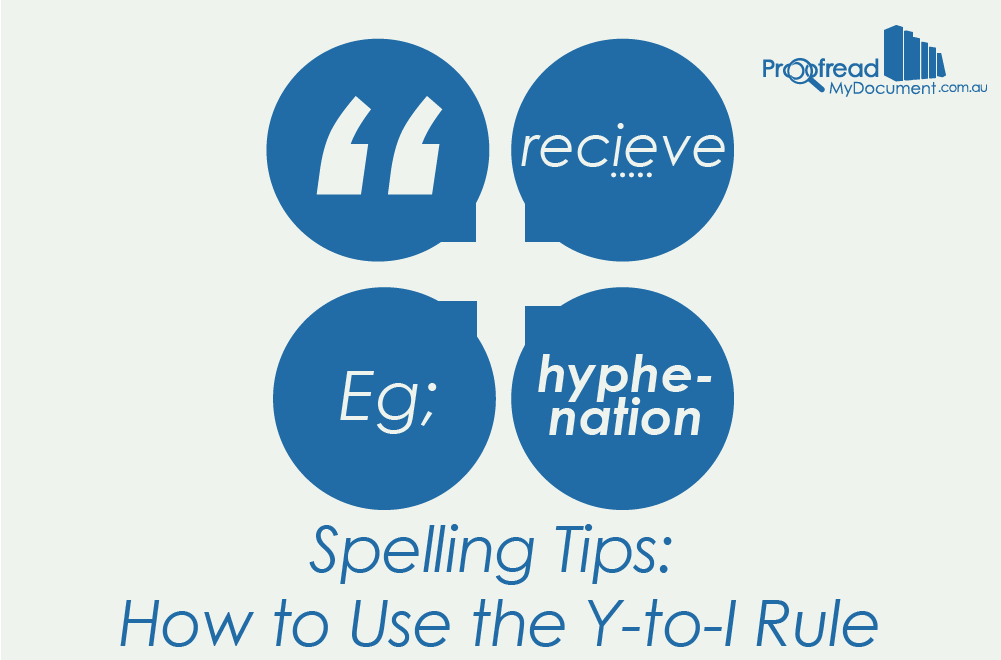In a world ruled by grammarians, all language would do as it is told. Sadly we do not live in this glorious spelling utopia, so even basic things – like adding a suffix to a word ending in ‘y’ – can become confusing. Hence the Y-to-I rule.
The Rule
The Y-to-I rule is used when adding suffixes to or forming plurals from a word that ends in a consonant plus ‘y’.
As the name might suggest, the Y-to-I rule refers to how the ‘y’ in words that end in a consonant plus ‘y’ changes to an ‘i’ under certain conditions. The plural of ‘city’, for instance, is ‘cities’, and the superlative of ‘dirty’ is ‘dirtiest’.
This differs from words that end in a vowel plus ‘y’, such as ‘toy’, which can be modified to the plural ‘toys’ by simply adding an ‘s’, or the verb ‘toying’ by adding ‘-ing’.
In the rest of this post, we provide a few examples of when the Y-to-I rule applies.
Plurals
When forming a plural, change the ‘y’ to an ‘-ies’.
|
Singular |
Plural |
|
Baby |
Babies |
|
Copy |
Copies |
|
Lady |
Ladies |
Third-Person Singular and Past Tense Verbs
Forming the third-person singular of a verb requires changing the ‘y’ to an ‘-ies’, or ‘-ied’ for the past tense.
|
Verb |
Third-Person Singular |
Past Tense |
|
Spy |
Spies |
Spied |
|
Worry |
Worries |
Worried |
|
Reply |
Replies |
Replied |
Comparatives and Superlatives
To form a comparative or a superlative from an adjective, change the ‘y’ to ‘-ier’ or ‘-iest’ accordingly.
Find this useful?
Subscribe to our newsletter and get writing tips from our editors straight to your inbox.
|
Adjective |
Comparative |
Superlative |
|
Happy |
Happier |
Happiest |
|
Grumpy |
Grumpier |
Grumpiest |
|
Wheezy |
Wheezier |
Wheeziest |
Adverbs
To turn an adjective into an adverb, simply switch the final ‘y’ for an ‘-ily’.
|
Adjective |
Adverb |
|
Sloppy |
Sloppily |
|
Hazy |
Hazily |
|
Easy |
Easily |
Exceptions
Although the Y-to-I rule applies for most words ending in a consonant plus ‘y’, there are exceptions. For example, the superlative of ‘sly’ can be spelled either ‘slyest’ or ‘sliest’.
Another good example is adding a suffix that begins with ‘i’, like ‘-ish’ or ‘-ing’, since this would involve having an awkward double-‘i’ (hence ‘playing’ not ‘plaiing’).
Likewise, some words that end in a vowel plus ‘y’ do change the ‘y’ to an ‘i’ when modified (such as ‘day’ and ‘daily’).
As such, despite the Y-to-I rule being a helpful guideline, it’s still important to check your work carefully if you’re not sure how to spell certain words.
